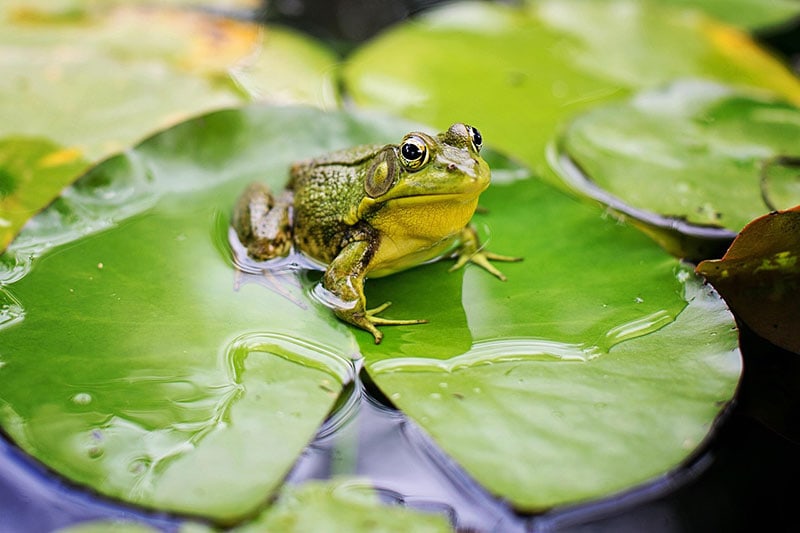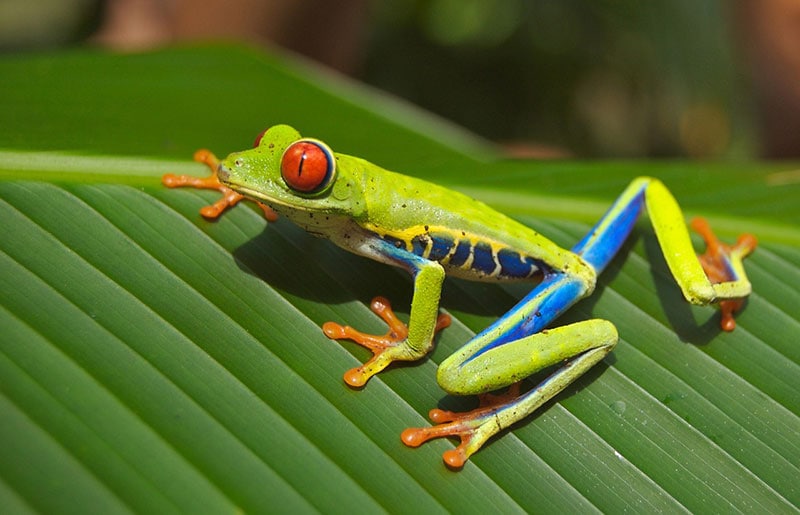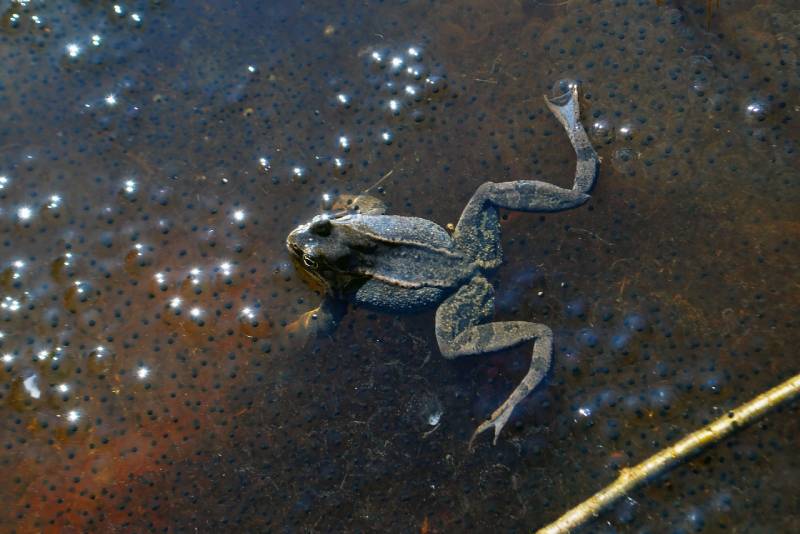Can Toads Swim? Vet-Reviewed Facts, Myths & FAQ
By Jordyn Alger
Updated on
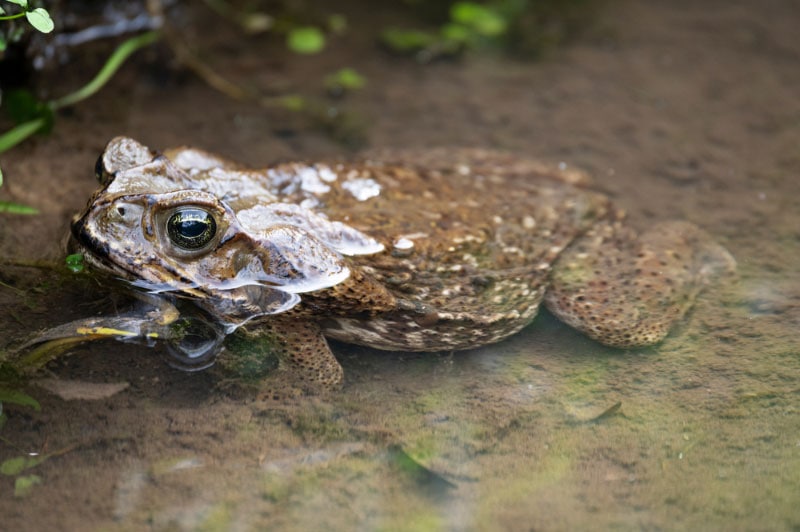
Click to Skip Ahead
Toads are prolific amphibians, and they can be found on every continent in the world (excluding Antarctica). No matter where they live, toads typically prefer to live in moist habitats. This can include fields, grasslands, or other open areas with decent humidity or water access. Although toads may look similar to frogs, they are not the same species; thus, they have different abilities and needs. For instance, frogs tend to be adept swimmers–but how do toads compare? Can toads even swim?
In a pinch, most toads can swim, though most of them are not amazing swimmers. Furthermore, unlike frogs, toads prefer to avoid swimming whenever possible. Toads usually have shorter legs and larger bodies than frogs do, which can make swimming a bit more of a challenge. In this article, we will dive deeper into the toad’s relationship with water, so keep reading to learn more.
Frogs vs Toads
Let’s say a wet, slimy creature is hopping across your path. With four legs and a brownish-green body, you’re certain you’ve just spotted a frog or toad. But which of the two is it? Telling the difference between frogs and toads is not an easy feat. However, a few defining physical characteristics may be able to help you identify the creature in front of you.
Their Skin
First, take a look at the creature’s skin. Most frogs have smooth, moist skin, whereas toads have dry-looking, lumpy, and rough skin. A toad’s skin can often appear riddled with warts, which is where the idea that toads give you warts comes from. Thankfully, you cannot contract warts from toads, but more on that later.

Their Legs
If you can’t tell based on the skin alone, check the animal’s legs next. Examine the hind legs to indicate whether the animal is meant to be in the water. For instance, frogs have hind legs that are long and lean. Their legs can even be longer than their head and body combined!
This is so that frogs can leap long distances on land and swim rapidly in the water. On the other hand, a toad’s hind legs are shorter than their head and body. They move in short, small hops, which may give them the appearance of crawling. In fact, some toads actually crawl rather than hop from place to place.
The body may also be a decent indication, but it is not a guaranteed differentiator. Frogs are usually lean compared to toads, which often have a squat, rotund appearance.
Their Environment
Outside of physical characteristics, you can also consider the environment. If you are right next to a body of water, there is a good chance you’ve stumbled upon a frog. Frogs need to keep their skin moist more than toads, so they are often found near water. Similarly, frogs breed in freshwater locations, so sticking around bodies of water is vital to them.
As for toads, while hydration is essential, they don’t need to remain as close to water as frogs. Typically, a toad’s skin can retain moisture better than a frog’s, and toads can wander a bit farther from bodies of water.
Even with all of these pieces to consider, it can be challenging to tell a frog from a toad. Frogs and toads are incredibly similar; they are members of the Anura family and are amphibians without tails. Furthermore, all toads are technically frogs, but not all frogs are toads. This makes it even more difficult to tell the difference.
While the differentiating qualities listed here may occasionally help you to determine which animal is a frog and which is a toad, it isn’t always a surefire method.
Do Toads Like Water?
As mentioned, toads do not need to stay around water as much as frogs. Likewise, their bodies are not designed for aquatic activities. With those two facts to consider, you may wonder, “Do toads even like water?”
The answer is yes; toads do like water. While they are not as dependent on water as frogs, they still need it to survive. Many toad species are found in most habitats, and they require hydration for survival. Most toad species love to stay near bodies of shallow, stagnant water. They also breed near bodies of water.

Can Toads Drown?
Toads can definitely drown. They have lungs, and if they are unable to access oxygen, they will eventually suffocate. If you have a pet toad, make sure you house them in an enclosure that has the proper amount of water (no more than an inch or two for most toads). Too much water in their habitat may pose a drowning risk.
Common Myths About Toads
The toad has many myths circulating around it, and most are untrue. Below, we will look at some common myths about toads, debunking the inaccurate ones and confirming one that is true.
Myth #1: Toads Transmit Warts to Humans Who Touch Them
False. Toads have warts all over their bodies; however, they cannot be transferred to humans. The warts that humans develop are caused by a virus instead, so you don’t have to worry about a toad giving you warts. However, toads can carry other diseases, so it is recommended that you avoid handling toads when possible.
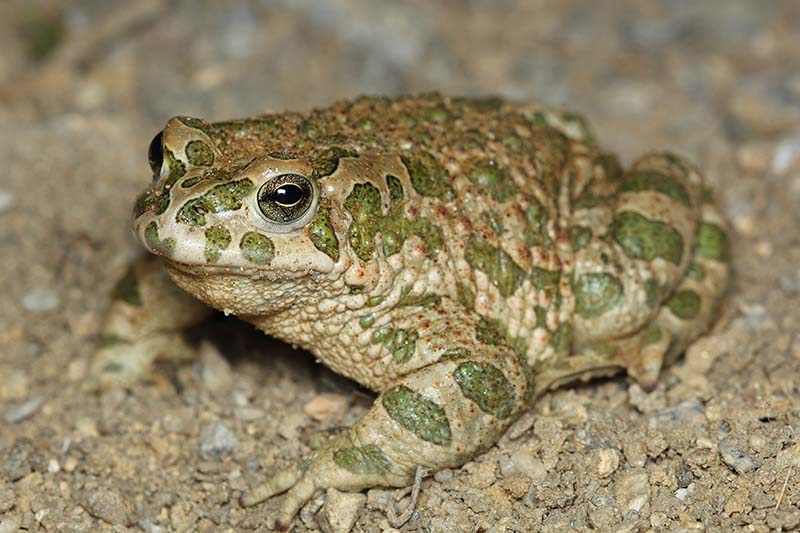
Myth #2: Toads Are Safe to Handle
False. Toads can carry other infectious diseases that make them an unwise choice for humans to handle. Additionally, some toads can emit toxins from their skin. In less worrying (but equally gross) instances, toads are known to urinate in self-defense. Overall, it is best to let toads roam free without grabbing or touching them.
Myth #3: It Is Fine to Take a Wild Toad as a Pet
False. Toads can be good pets with little maintenance, but you should never remove a wild toad from their habitat. Toads spend the entirety of their lives in a single area, leaving it only on special occasions before returning.
These areas become their homes and provide a lot of comfort for them. If you remove a toad from its home, you will greatly disturb local ecosystems. If you want a pet toad, browse your local pet store.
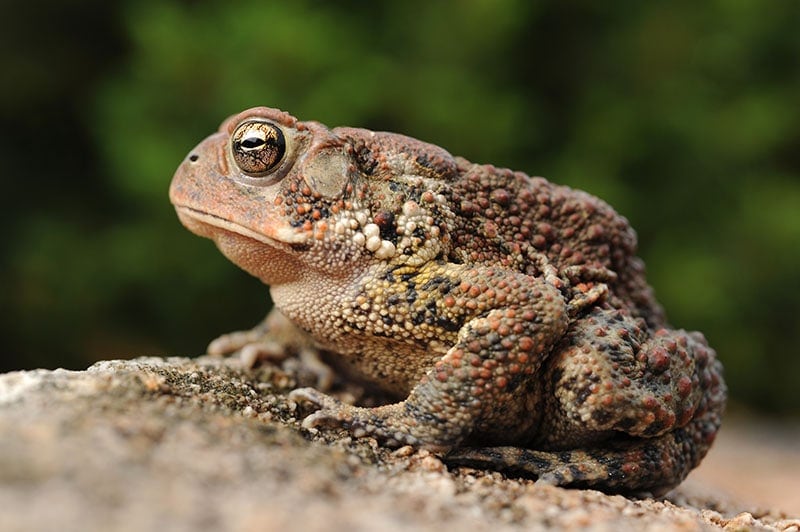
Myth #4: Toads Don’t Need Water to Thrive
False. Water is essential to the life quality of a toad. While they are not as dependent on water as frogs, they still need it to survive. Additionally, they need access to bodies of water to breed.
Myth #5: Toads Are Toxic
True. While skin-to-skin contact with a toad is unlikely to poison you, ingesting a toad certainly will. You may think that this is not something you need to worry about, as you have no plans to pick up random toads and swallow them… but what does your dog think about it?
All it takes is one distracted moment for your dog to slip away from you and eat a toad. If your dog munches on a toad, they may begin to experience worrying side effects. If you believe your dog has swallowed a toad, contact your vet immediately.

Final Thoughts
Toads are remarkable and entertaining animals, whether you observe them from a pet enclosure or in the open space of your backyard. The differences between toads and frogs can be difficult to tell, but with practice, you can spot the distinctions. While toads like water and need it to survive, they can drown, so ensure that any enclosure housing your pet toad has a safe volume of water.
- See Also: Can Toads Regrow Limbs? Facts & FAQ
Featured Image Credit: Gualberto Becerra, Shutterstock


